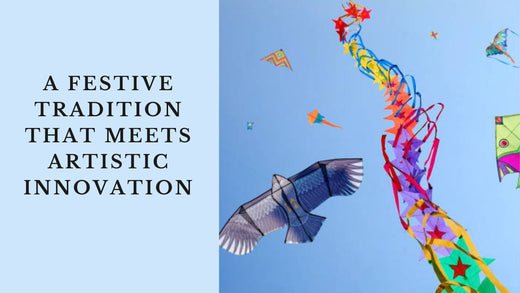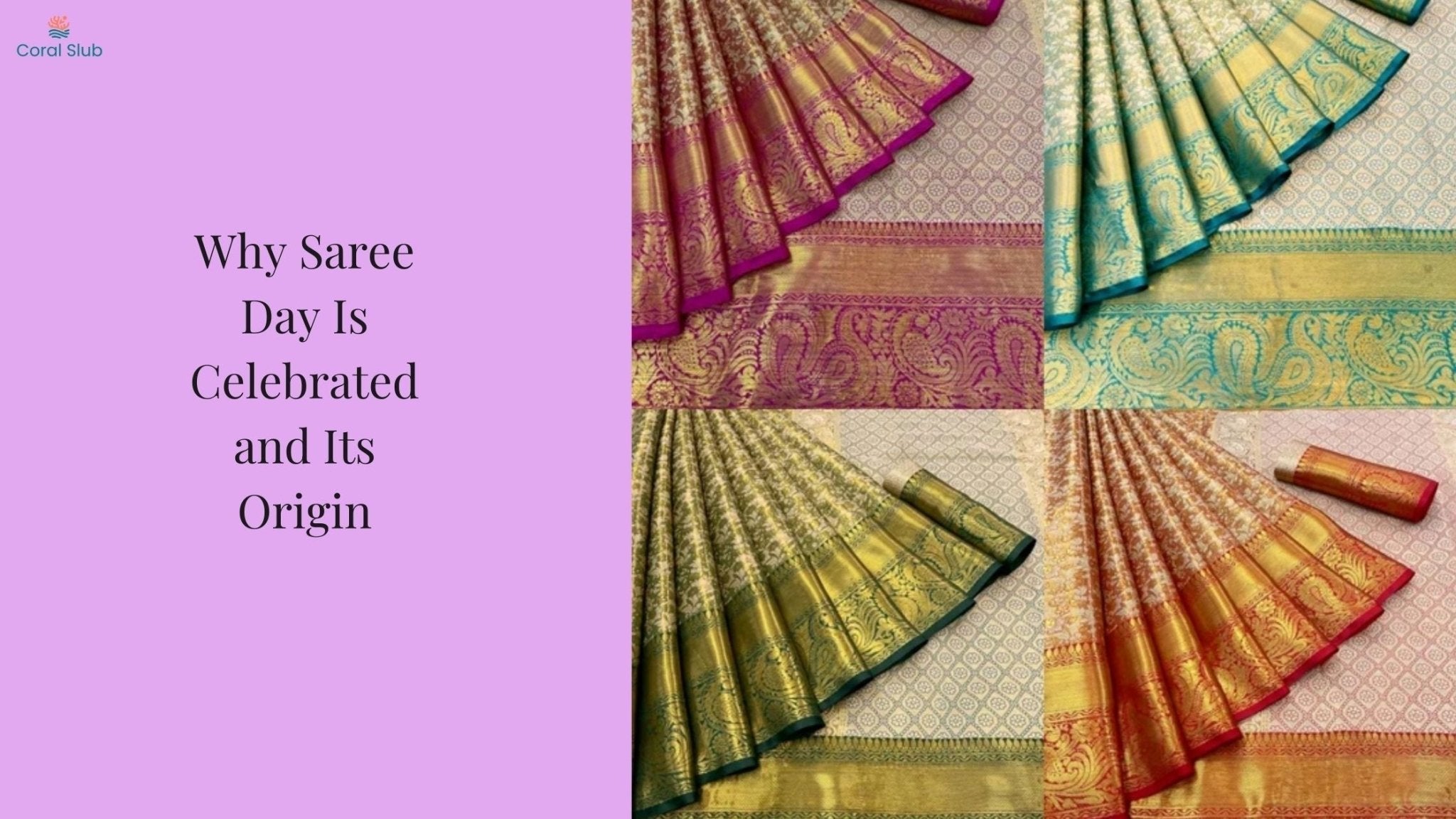As January ushers in warmer days and longer sunshine hours, India's skies transform into a mesmerizing canvas during Makar Sankranti. This ancient harvest festival, marking the sun's journey into Capricorn, has evolved into a spectacular celebration where traditional artistry meets modern innovation, particularly through its iconic kite festivals.
Colors That Tell Stories

The festival's visual palette draws inspiration from nature's transition from winter to spring. Skilled artisans paint traditional rangolis during Makar Sankranti using vibrant hues that mirror the seasonal transformation. The yellows and oranges echo the strengthening sun, while deep blues capture the winter skies. Artists incorporate earthy browns to honor the fertile soil, and fresh greens celebrate emerging crops, creating a harmonious blend that tells the story of renewal and abundance.
The Artistic Soul of Kite Making

What truly sets Makar Sankranti apart is its elevation of kite making into a sophisticated art form. In the bustling workshops of Ahmedabad, master craftsmen spend months preparing for the International Kite Festival, treating each kite as a unique canvas for their artistic expression. These artisans combine generations of traditional knowledge with contemporary design sensibilities to create aerial masterpieces.

The artistic process begins with selecting premium materials. While traditional kites often featured handmade paper and bamboo, modern artisans now work with specialized papers and synthetic materials that allow for more intricate designs. Each kite becomes a statement piece, with artisans hand-painting elaborate motifs that range from peacocks and elephants to geometric patterns inspired by ancient Indian architecture.
Innovation in Aerial Art

The evolution of kite artistry has taken fascinating turns. Contemporary artists incorporate metallics and iridescent elements that catch sunlight, creating dynamic visual effects as kites dance across the sky. Some craftsmen specialize in creating tukkals, paper lanterns that transform into illuminated art pieces after sunset. These night kites feature carefully planned LED arrangements that turn the dark sky into a twinkling gallery.

What makes the artistic expression truly remarkable is how kite makers adapt their designs based on aerodynamics. They must balance aesthetic beauty with functional requirements, ensuring their artistic creations can soar and maneuver effectively. This marriage of art and engineering has given rise to new forms of creative expression, where the way a kite moves becomes part of its artistic appeal.
Cultural Canvas in the Sky

During the festival, particularly in Gujarat, entire cities become living art installations. Rooftops transform into impromptu galleries where people gather to launch their artistic creations. The sky fills with kites of varying sizes, shapes, and designs, creating a dynamic tapestry that changes throughout the day. International participants bring their own artistic traditions, resulting in a fascinating fusion of global design elements.

The festival has also inspired innovation in unexpected ways. In response to safety concerns, creative solutions have emerged. For instance, motorcyclists in Ahmedabad now use specially designed protective wires that have become art pieces in themselves, decorated with ribbons and reflective elements that add to the festival's visual spectacle.
Artistic Legacy and Evolution

Contemporary artists have found endless inspiration in Makar Sankranti's kite tradition. Artists like Mamta Malhotra capture the festival's essence through various mediums, creating works that document how the celebration has evolved while maintaining its cultural significance. Their interpretations often incorporate architectural elements, showcasing how the festival influences and is influenced by its urban setting.

The artistic elements of kite making continue to evolve with each passing year. Modern craftsmen experiment with sustainable materials and innovative design techniques while respecting traditional motifs and patterns. This ongoing evolution ensures that the art form remains relevant and engaging for new generations while preserving its cultural roots.
Conclusion
As the festival continues to inspire artistic innovation, it reminds us that traditions are not static monuments but living, breathing entities that grow richer with each creative contribution. Through the artistic expression embodied in every kite, Makar Sankranti remains a vibrant testament to India's cultural heritage and its endless capacity for artistic renewal.








